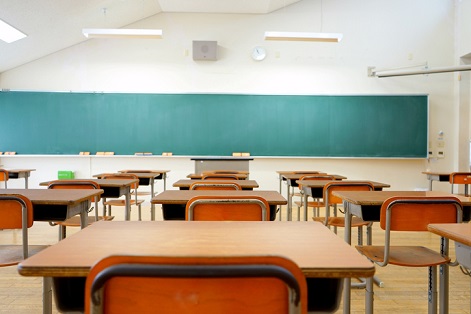
Last week, the OECD released its annual Education at a Glance report, revealing that Australia spends much more on schooling than the global average and several top-performing countries.
The finding has sparked renewed debate about whether school funding is having a meaningful impact on reversing Australia’s declining student performance in areas such as science, maths and reading.
According to the data, Australia spends 3.8% of GDP on school education, higher than the OECD average of 3.5%. And 13.5% of total government expenditure is on education, compared to the OECD average of 11.1%.
However, according to the Centre for Independent Studies (CSI), the data “highlights the futility of more school spending”.
“The OECD figures are from 2015, which means they do not take into account the larger recent ‘Gonski funding’ increases in Australia,” Blaise Joseph, an education policy analyst at the CIS, said.
“So they likely understate how much Australia spends compared to the rest of the world. Of course, we can still argue about how school funding can be better distributed or if some schools are underfunded. But our total spending amount is enough.”
Another interesting finding of the OECD report, says Joseph, is regarding equity of education outcomes by student socioeconomic status, with Australia being at or slightly above the OECD average for equity.
“This is consistent with previous research findings and undermines the ubiquitous claim that the non-government school sector causes ‘social segregation’,” Joseph said.
Joseph said that while Australia has a relatively high proportion of students attending non-government schools, this hasn’t led to more student inequality.
“Australia can do better, but more spending and blaming non-government schools isn’t the solution,” he said.
However, Dr David Zyngier, senior lecturer in curriculum and pedagogy in the faculty of education at Monash University, said that while successive governments claim to have drastically increased funding on school education, the money has mainly gone to private schools.
“As a result of this transfer of public money from public to private schools social, cultural and economic disadvantage remain significant factors impacting on student attainment and this has a negative incremental impact on student achievement the longer a student is in school,” Zyngier told The Educator.
“This has been termed Australia's ‘long tail of underachievement’ and is clearly responsible for our falling PISA rankings and reported a decline in year 9 NAPLAN results.”
Zyngier said that while Australia still has a high quality education system, students from communities of disadvantage are poorly served.
“We still have serious issues of inequity,” he said.


